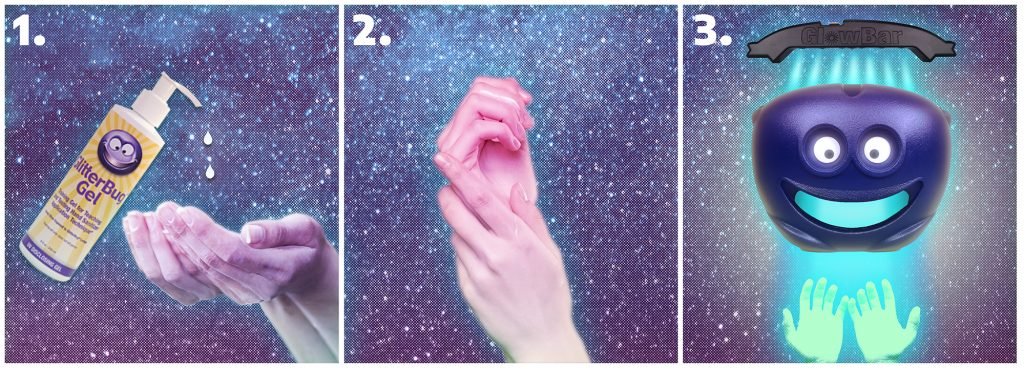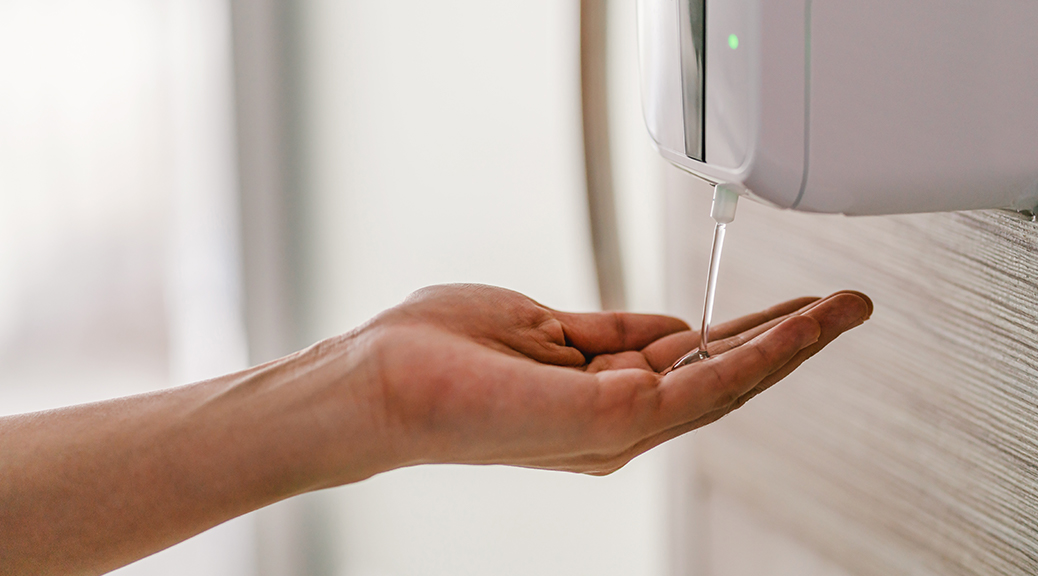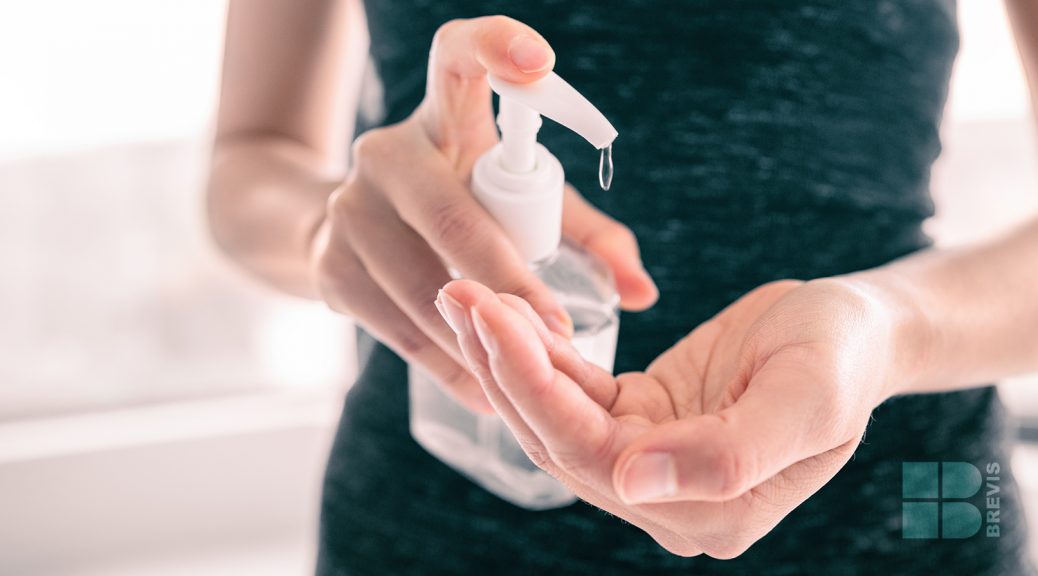What’s the best way to keep from getting sick and making others sick? Washing your hands! If soap and water aren’t handy, you may reach for the next-best thing: hand sanitizer. These sanitizers contain active ingredients such as ethyl alcohol, ethanol or isopropanol designed to conquer those hard-to-kill bacteria and viruses that love to make you cough and sneeze.
Goodbye to Germs
When you squirt that hand sanitizer on your hands, rub vigorously. The friction will help get in the nooks and crannies of your hands. In these brief moments, the alcohol is attacking the bacteria’s outer casing or cell membrane. The bacteria cannot survive without its supportive walls, meaning you have cleaner, more germ-free hands.
Tips for Use
A catch exists for alcohol-based hand sanitizers: The sanitizers must contain enough alcohol to make an impact. Look for a hand sanitizer that has at least 60 percent alcohol. Otherwise, your hand sanitizer is a dud in terms of keeping your hands clean. To make matters worse, using a low-percentage hand sanitizer spreads germs around your hand, making them easier to spread, according to The New York Times.
You can tell you are using enough hand sanitizer by how fast the sanitizer evaporates. Once you apply the sanitizer to your hands, the product should take at least 15 seconds to evaporate, according to the Centers for Disease Control and Prevention.
Versus Handwashing
While effective, using hand sanitizers isn’t always the answer. Washing with soap and water is your best bet when your hands are visibly soiled. Hand sanitizers stop germs, but they don’t remove dirt, blood or stool. They also do not kill certain bacteria types, such as E.coli, a common bacteria present in raw or uncooked foods. When you’re cooking or have just gone to the bathroom, go with washing your hands with soap and water for at least 20 seconds over using alcohol-based hand sanitizers.
Hand sanitizers do have an advantage over handwashing in that they are easier to access. You may not have a sink handy, but you can keep a small bottle of hand sanitizer in your desk, car, pocket or purse. This convenience appeals to healthcare workers and others who are always pressed to save time.
Secondly, frequent warm water and soap usage can dry out and crack your hands. This effect attracts bacteria to your hands. Hand sanitizer manufacturers can incorporate moisturizers to reduce cracking while keeping your hands clean.
How To See If Your Hands Have Been Properly Sanitized

One great way to see if you have applied hand sanitizer properly is by using GlitterBug® Gel. This product is formulated to be very similar to popular hand sanitizers but it has a special ingredient that glows when illuminated by black light. Apply the GlitterBug Gel and rub it in as if it were regular hand sanitizer. Then examine your hands under black light from the Brevis GlowBarLED lamp. The GBX molded disclosure center is ideal for viewing the results because it shields out extraneous or ambient light thus enhancing perception. After using the GlitterBug Gel you should see the entirety of your hands glowing. Any dark areas that do not glow are areas that may not have been safely sanitized. Visual feedback to help improve technique and therefore safety.
Best teaching products for hand sanitizer use
You may find these products helpful in your mission to improve hand hygiene:
GBX Disclosure Center with Gel
GlowBar LED Lamp
GlitterBug Gel


